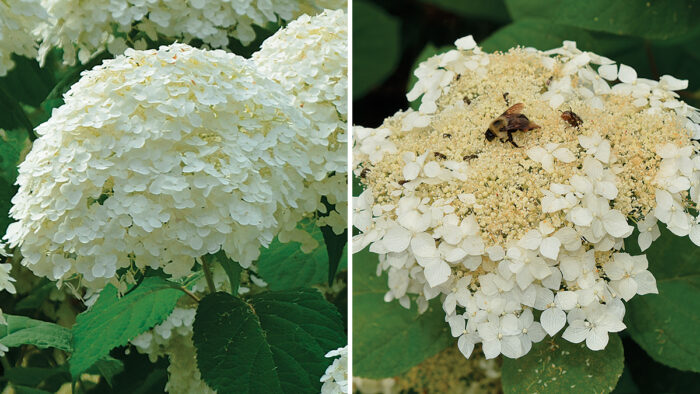
Wild hydrangea inflorescences, technically called corymbs, are typically flat to dome-shaped clusters containing hundreds of individual flowers, some fertile, some sterile. The mix of sterile and fertile flowers determines the flower type.
The mophead flower form is a naturally occurring mutation that has given rise to many of the most popular and well-known cultivars, but are these ornamental blooms still beneficial to pollinators? To answer this question, Mt. Cuba Center did an in-house pollinator study of all 29 plants in the trial, and the University of Delaware did a separate study of 10 trial garden hydrangeas, including six lacecaps and four mopheads. Read about the best native hydrangea species here.
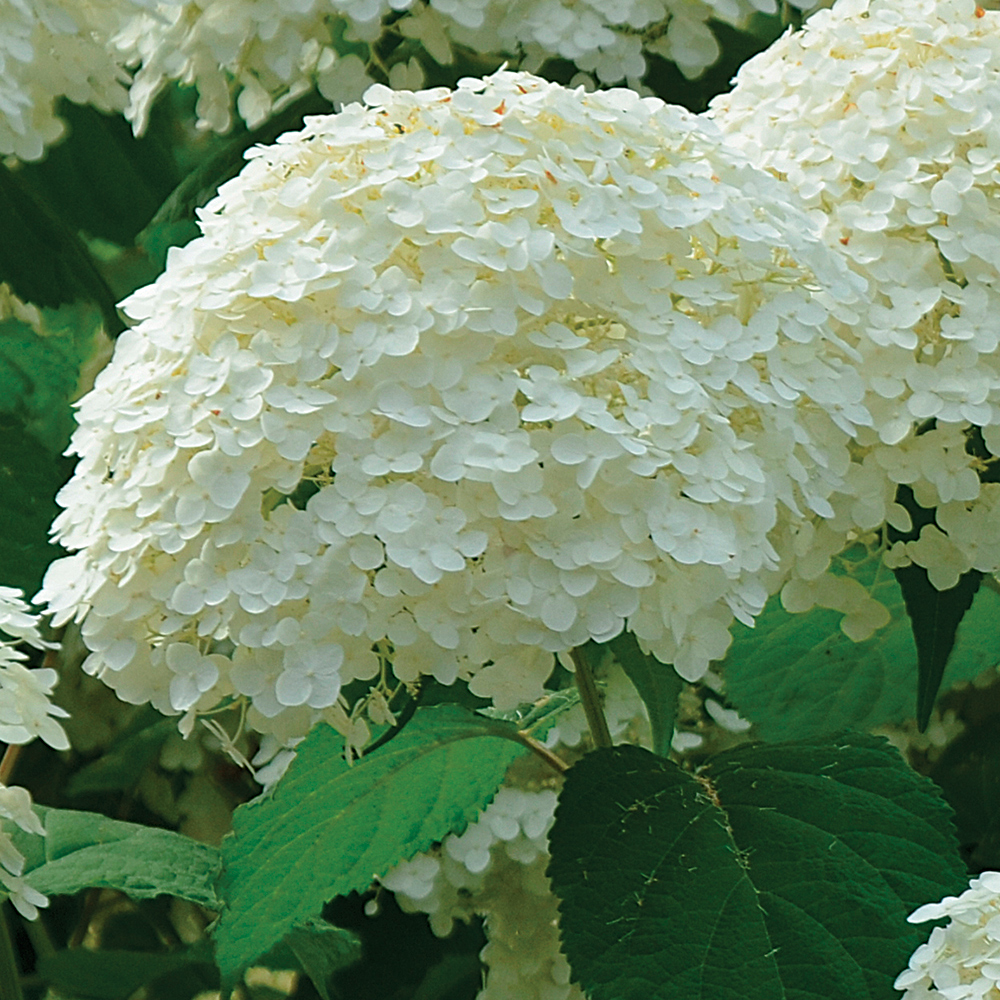
The two studies came to similar conclusions where they overlapped. With few exceptions, lacecaps attracted much higher numbers of pollinators. Interestingly, the University of Delaware researchers did note higher proportions of non-bee pollinators on mopheads, including beetles, true bugs, and flies.
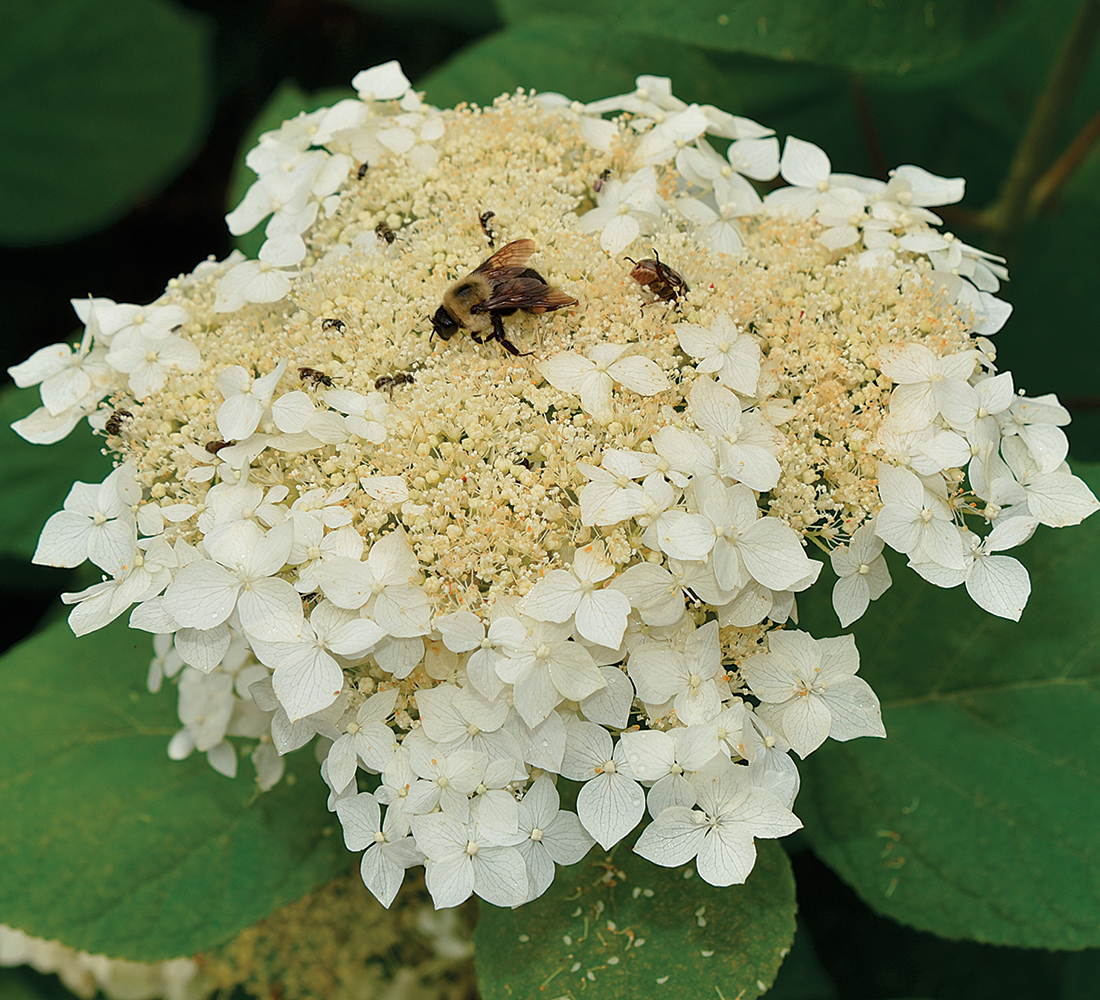
Mt. Cuba Center’s Pollinator Watch Team studied the number of pollinator visits for each plant. During bloom season, plants were observed almost daily by volunteers who would observe a single randomly selected inflorescence from each plant for 60 seconds, counting the total number of pollinators already on that flower cluster or landing within that time window. Pollinator visits were totaled for the day, then for the year, and then averaged over the course of the study. The plants that attracted the most pollinators got a slight increase in their final scores. On top of their scores from three years of collected horticultural data, the top five plants got an increase of 0.5 points, the next five plants got 0.3 points, and the next five plants got 0.1 points. Check out the right column of the chart on page 63 to see the pollinator ratings for these top plants.
The data shakes out pretty cleanly. Lacecaps attract many more pollinators and are the best choice for a wildlife garden.
Sam Hoadley is the manager of horticultural research at Mt. Cuba Center in Hockessin, Delaware.
Photos: courtesy of Mt. Cuba Center
Fine Gardening Recommended Products
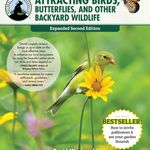
National Wildlife Federation®: Attracting Birds, Butterflies, and Other Backyard Wildlife, Expanded Second Edition (Creative Homeowner) 17 Projects & Step-by-Step Instructions to Give Back to Nature
Fine Gardening receives a commission for items purchased through links on this site, including Amazon Associates and other affiliate advertising programs.

Attracting Beneficial Bugs to Your Garden, Revised and Updated Second Edition: A Natural Approach to Pest Control
Fine Gardening receives a commission for items purchased through links on this site, including Amazon Associates and other affiliate advertising programs.

The Nature of Oaks: The Rich Ecology of Our Most Essential Native Trees
Fine Gardening receives a commission for items purchased through links on this site, including Amazon Associates and other affiliate advertising programs.



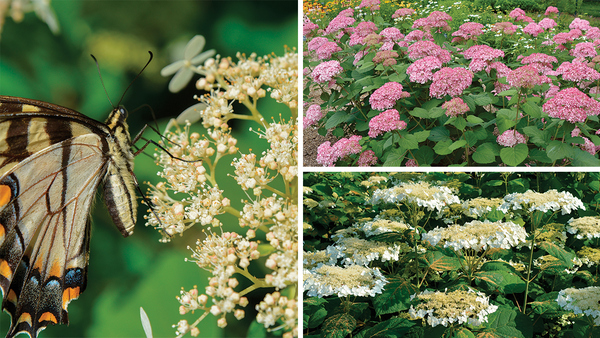
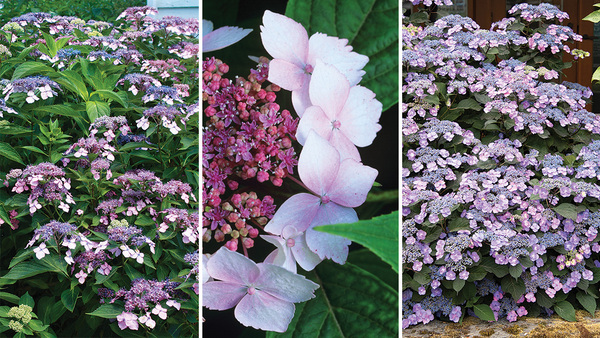

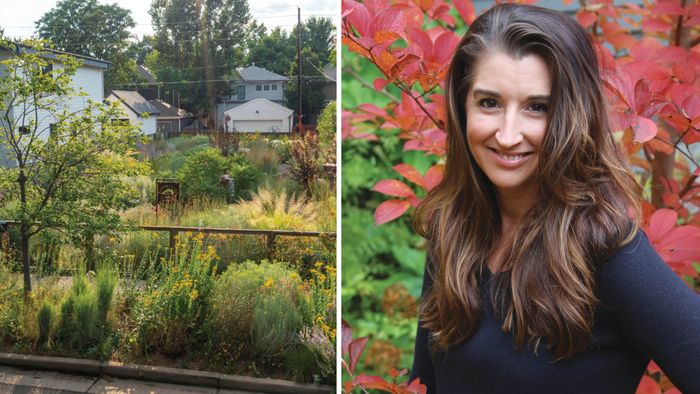












Comments
Log in or create an account to post a comment.
Sign up Log in